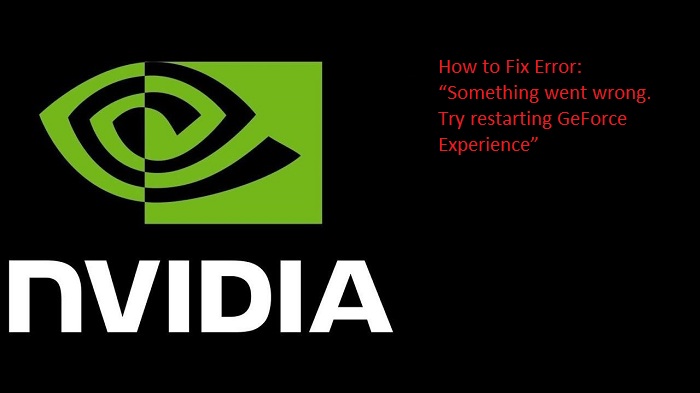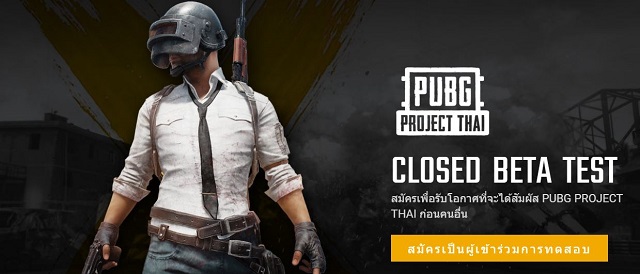Limited supply of MAT test kits & reagents to Restrain Global Market Expansion
According to WHO (World Health Organization), only 12.5 million blood donations are collected globally, and approximately half of these are collected in high-income countries, which is home to 19% of the world’s population. Limited number of healthy blood donors hinders the production of MAT kits & reagents which ultimately effects the growth of the market. Moreover, introduction of pyrogen test in different applications. Pyrogen test was introduced for pharmaceutical products such as drugs and immunological products. Presently, it is being used on medical devices, implants, purification of water, and food & beverages industries.
Request Brochure – https://www.transparencymarketresearch.com/sample/sample.php?flag=B&rep_id=36041
Reagents Dominates the Monocyte Activation Tests Market
The report offers detailed segmentation of global monocyte activation tests market based on product type, source, application and end user. Among the product segment, reagents segment is poised to account for leading share of the global market during the forecast period from 2017 to 2025. Factors attributed to the higher share of the reagent segment in the global market include frequent replacements leading to increasing usage of reagents when compared to test kits. Monocyte activation tests kits segment is likely to register comparatively higher growth rate in terms of value in the global monocyte activation tests (MAT) market during the forecast period owing to continuous innovations in the product technologies by major market players.
Cell line based source likely to gain market share
In terms of source, the monocyte activation tests market has been segmented into blood based, peripheral blood mononuclear cell (PBMC) based and cell line based. Blood based segment accounted for the largest market share in 2016. Blood-based MAT exhibits a natural human reaction to pyrogens and provides a better estimate of pyrogenic activity of preparations than the limulus amebocyte lysate (LAL) or rabbit pyrogen test (RPT). The MAT kit with a cell line is able to detect all human pyrogens and has an advantage of stability of the assay based on a cell line. Also, it does not depend on the blood donor.
Request COVID Analysis on Monocyte Activation Tests Market – https://www.transparencymarketresearch.com/sample/sample.php?flag=covid19&rep_id=36041
Medical Devices & Lipid Parenteral: Top Two Application Areas of Monocyte Activation Tests
By application, the monocyte activation tests market has been further classified into lipid parenteral, dialysis liquids, toxic/immune-modulatory drugs, blood products and medical devices. Medical devices segment accounted the largest market share in 2016 due to the increasing number of medical devices in market demands for the pyrogen test before approval in the market. Additionally, lipid parenteral products include vitamins, steroids, and hormones, many of which are applied intramuscularly using a lipidic carrier. These products are required to be tested for pyrogen before launch in the market. This is a key factor driving the segment. Toxic/immune-modulatory drugs is likely to expand at CAGR more than 15.0% from 2017 to 2025.
Pharmaceuticals Industry is Promising End User for the Monocyte Activation Tests Market
In terms of end-user, the monocyte activation tests market is segmented into pharmaceuticals industry, biotechnology industry, medical devices industry and others. Pharmaceutical industry segment accounted for the major share in 2016 accounting for a share of more than 30.0% in terms of revenue, while biotechnology industry is anticipated to grow at higher CAGR during the forecast period due to the increasing demand of pyrogen testing by biotechnology companies to determine the presence of bacterial toxins in the process. Moreover, pyrogen testing has been introduced into medical devices, implants, purification of water, and food & beverage industries. These increased application areas are increasing demand for MAT products.
Enquiry Before Buying: https://www.transparencymarketresearch.com/sample/sample.php?flag=EB&rep_id=36041
Asia Pacific Region is Expected to Grow with the Highest Rate During the Forecast Period.
North America region is expected to witness the highest share in 2016 and is anticipated to grow by a significant growth rate during the forecast period. Key players domiciled in the region, increase in research and development activities, and new drug approvals are the major factors attributed to the dominance of the region. In North America market U.S. is projected to dominate the market. Europe region is anticipated to grow by an impressive rate during the forecast period. Owing to the growth of animal-free endotoxin detection trend in the region, MAT is expected to gain significant market share in Europe during the forecast period. In Europe market Germany is dominant and Spain is likely to expand at highest CAGR due various research being conducted in the country. Asia Pacific region is expected to grow with the highest rate during the forecast period. Increase in focus of key players to expand presence in the region, large untapped population, and rise in healthcare awareness fuel the growth of the monocyte activation tests market in Asia Pacific. Countries such as India, China, and Japan in Asia Pacific are poised to be the most promising markets for monocyte activation tests in the near future, expand at high CAGRs during forecast period.
Key Players such as Merck & Co., Inc., Charles River Laboratories International, Inc., Becton, Dickinson and Company are Likely to Continue to Lead the Global Monocyte Activation Tests Market
The report also provide profiles of leading players operating in global monocyte activation tests market include Merck KGaA, Thermo Fisher Scientific, Charles River Laboratories International, Inc., Sanquin, Microcoat Biotechnologie GmbH, Becton, Dickinson and Company, SOLVIAS AG, and Lonza Group. Innovation is a key strategic for the leading players, for instance, in March 2016, the Scientist magazine listed Merck’s CRISPR epigenetic activator among its ‘Top 10 Innovations of 2015’. This innovation was devised from the understanding that the life sciences research segment lacked an effective method for the activation of endogenous gene expression. Additionally expansion through merger and acquisition is followed by many players operating in this market. For example, in July 2015, Charles River Laboratories International, Inc. acquired Celsis International, Ltd., a leading provider of rapid testing systems for bacterial contamination. This addition to its product portfolio has expanded the company’s existing portfolio of microbial solutions.
The global monocyte activation tests market was valued at approximately US$ 5.0 Mn in 2016 is projected to register cumulative annual growth rate (CAGR) of over 14.0% from 2017 to 2025, according to a new report published by Transparency Market Research (TMR) (www.transparencymarketresearch.com) titled “Monocyte Activation Tests Market – Global Industry Analysis, Size, Share, Growth, Trends, and Forecast, 2017–2025”. The report suggests that proposed ban on animal tests is to boost the demand of monocyte activation tests in the coming years (2017 to 2025). The North America and Europe are projected to dominate the global monocyte activation tests market in the coming years owing to increase in manufacturer focus for business expansion in these regions. Key players domiciled in the region, increase in research and development activities, and new drug approvals are the major factors attributed to the dominance of these region. The Asia Pacific monocyte activation tests market is expected to witness CAGR of over 16.0% from 2017 to 2025.
























